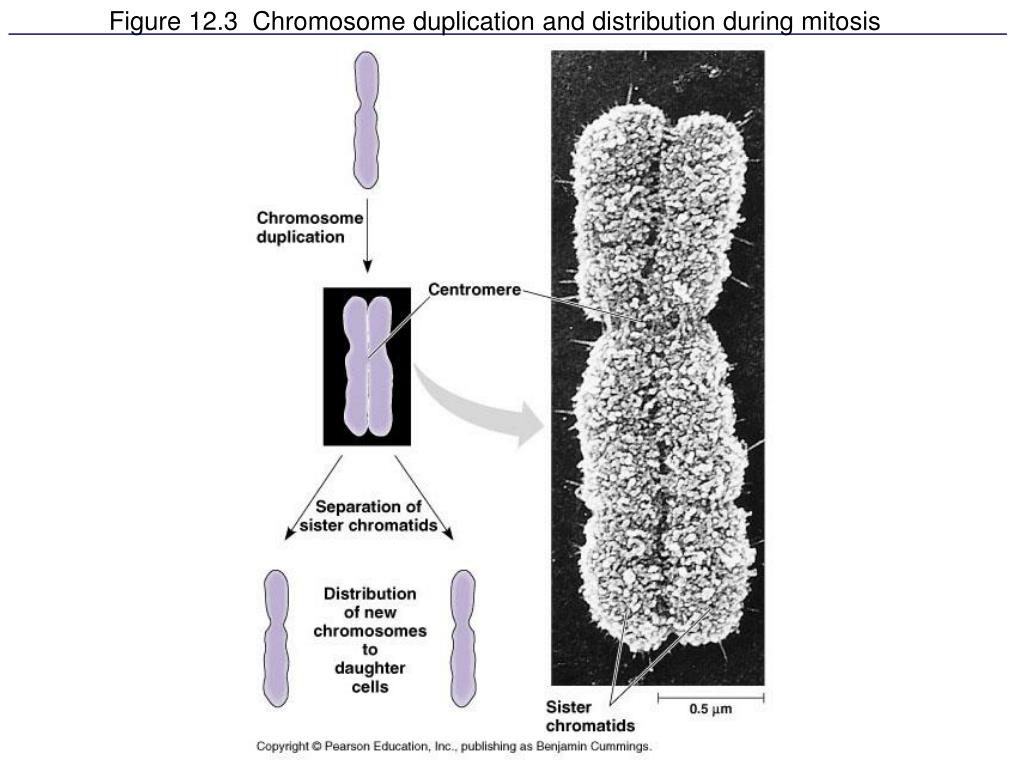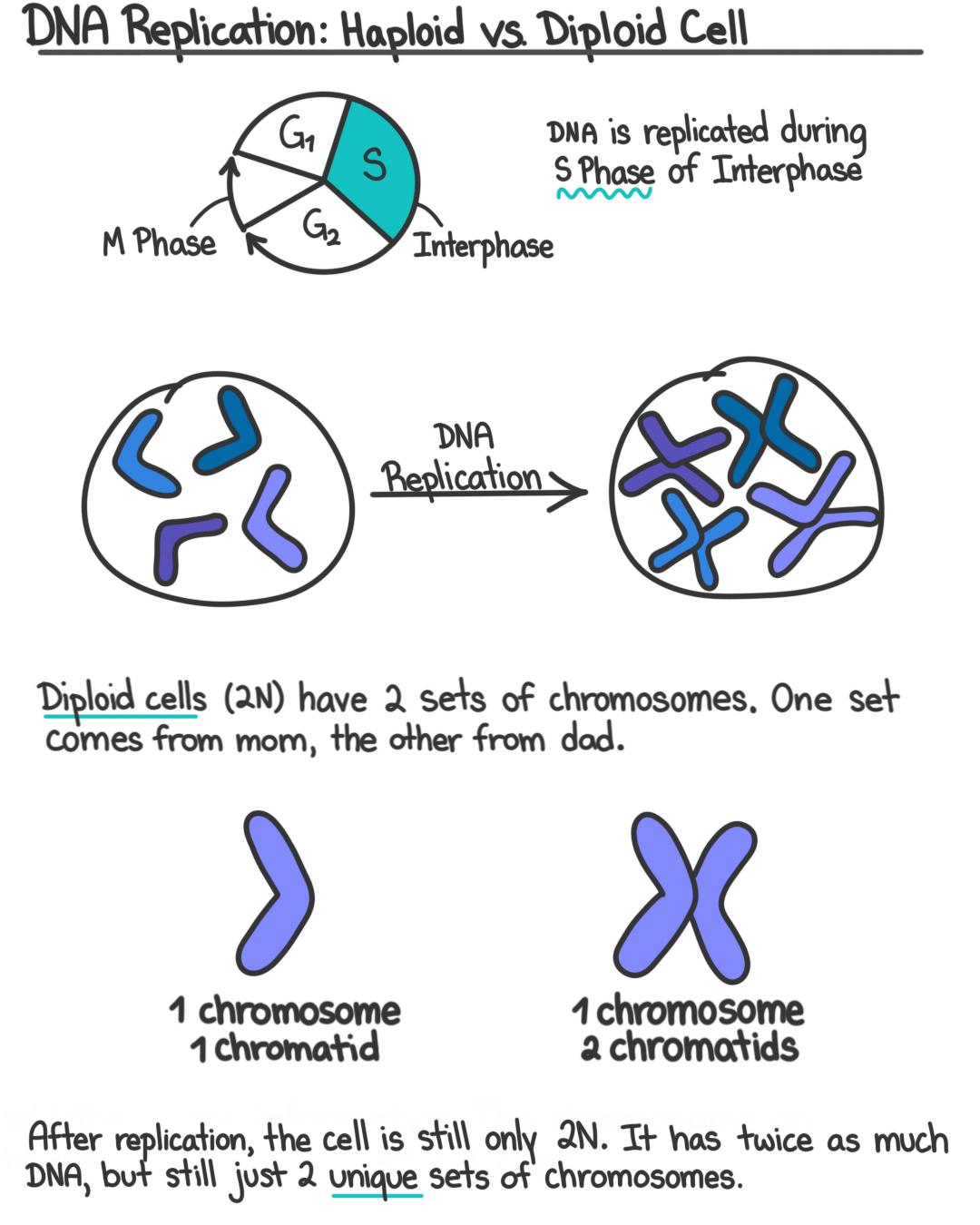

As you have learned, mitosis is the part of a cell reproduction cycle that results in identical daughter nuclei that are also genetically identical to the original parent nucleus.

The nuclear division that forms haploid cells, which is called meiosis, is related to mitosis. Some plants and all fungi produce spores. All animals and most plants produce eggs and sperm, or gametes. Spores are haploid cells that can produce a haploid organism or can fuse with another spore to form a diploid cell. Haploid cells, containing a single copy of each homologous chromosome, are found only within structures that give rise to either gametes or spores.
#Chromosomes duplicate during full#
Diploid organisms inherit one copy of each homologous chromosome from each parent all together, they are considered a full set of chromosomes. Homologous chromosomes are matched pairs containing the same genes in identical locations along their length. Somatic cells are sometimes referred to as “body” cells. In each somatic cell of the organism (all cells of a multicellular organism except the gametes or reproductive cells), the nucleus contains two copies of each chromosome, called homologous chromosomes. Most animals and plants are diploid, containing two sets of chromosomes. So, in addition to fertilization, sexual reproduction includes a nuclear division that reduces the number of chromosome sets. If the reproductive cycle is to continue, then the diploid cell must somehow reduce its number of chromosome sets before fertilization can occur again, or there will be a continual doubling in the number of chromosome sets in every generation. The number of sets of chromosomes in a cell is called its ploidy level. Cells containing two sets of chromosomes are called diploid. Haploid cells contain one set of chromosomes. If those two cells each contain one set of chromosomes, then the resulting cell contains two sets of chromosomes. Sexual reproduction requires fertilization, the union of two cells from two individual organisms.


 0 kommentar(er)
0 kommentar(er)
